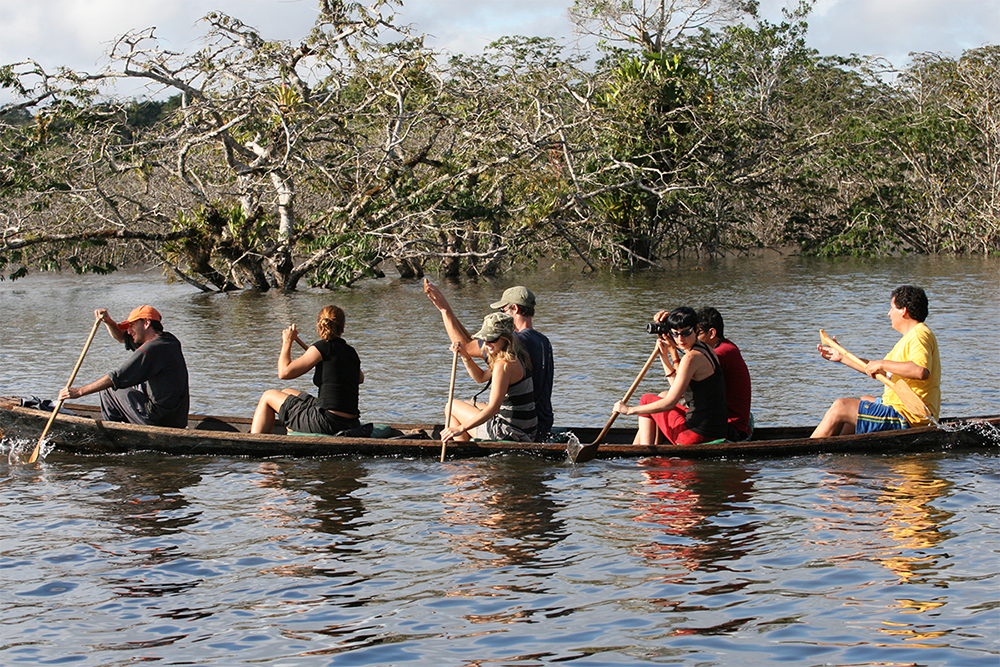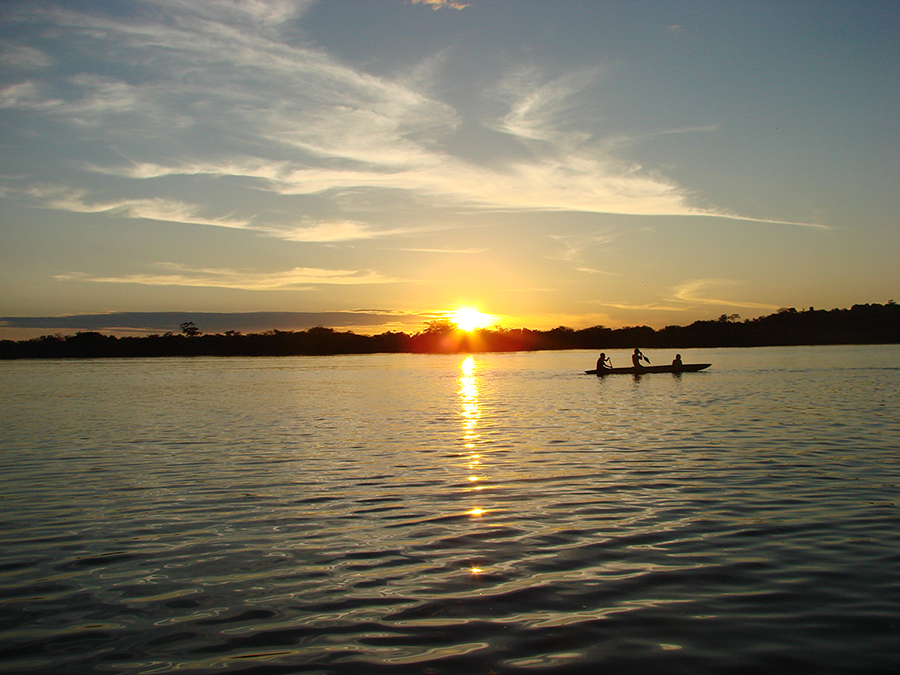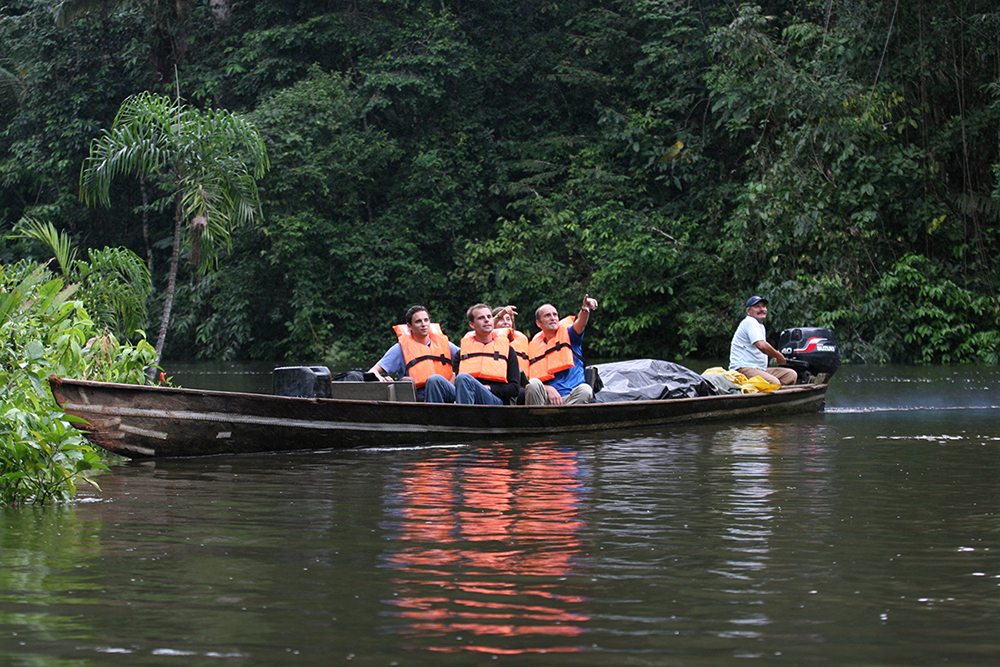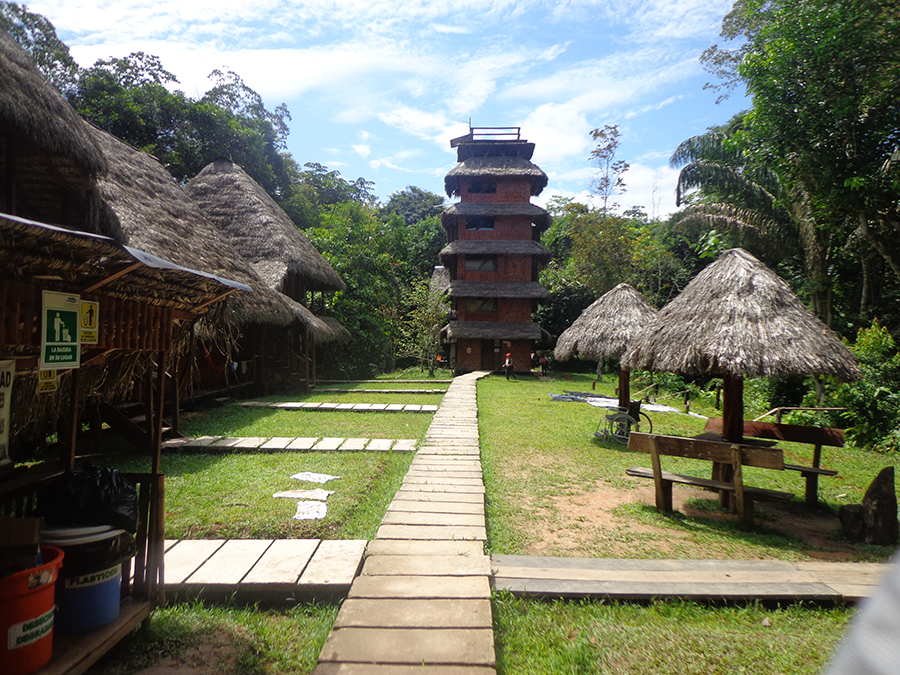




The high level of cultural and biological diversity of the Cuyabeno Wildlife Reserve attracts thousands of local and international tourists every year. It’s important to mention that the Reserve’s main natural attraction is a floodable lake system.
In the last years, the flux of tourists increased after the Government issued a National Decree in 2012 that eliminated any entrance cost to access any protected area in the country.
Another important factor was the investment done by the Government and some international cooperation agencies, to improve tourism planning and public infrastructure in the Cuyabeno Reserve, which reflected in better services for the Area’s visitors.
Also, the Ecuadorian Ministries of Environment and Tourism regulated the tourism activities inside the protected area, licensing tourism operators and developing actions to promote good practices linked to sustainable tourism.
The actions carried by both institutions in the last years, for example, promoted the design and implementation of management standards for sustainable tourism and an income increase for local communities.
- High levels of local and international tourism visitation in the protected area.
- The creation of national policies to procure more investment in tourism development.
- Prioritization of investments in tourism infrastructure.
The improvement in public infrastructure and tourism regulation activities in the protected area were key in to promote sustainable tourism and its development.
Based on the tool: Destiny Management Methodologies for Natural Protected Areas, the Cuyabeno Wildlife Reserve developed a Visitor's Management Plan.
The Rainforest Alliance supported the creation of the Cuyabeno’s Tourism Manual for Procedures, therefore establishing the guidelines for tourism activities within the Reserve.
Another equally important milestone was the inclusion of the communities in sustainable tourism activities, mainly as service providers, acting as local guides and navigation providers, this permitted communitarian tourism to be a good alternative source of income.
All this contributed to create tourism activities in the Cuyabeno Wildlife Reserve which was later reflected in a framework matrix of economic, social, and environmental sustainability.
The Reserve reached 6,620 visitors during the first semester of 2017.